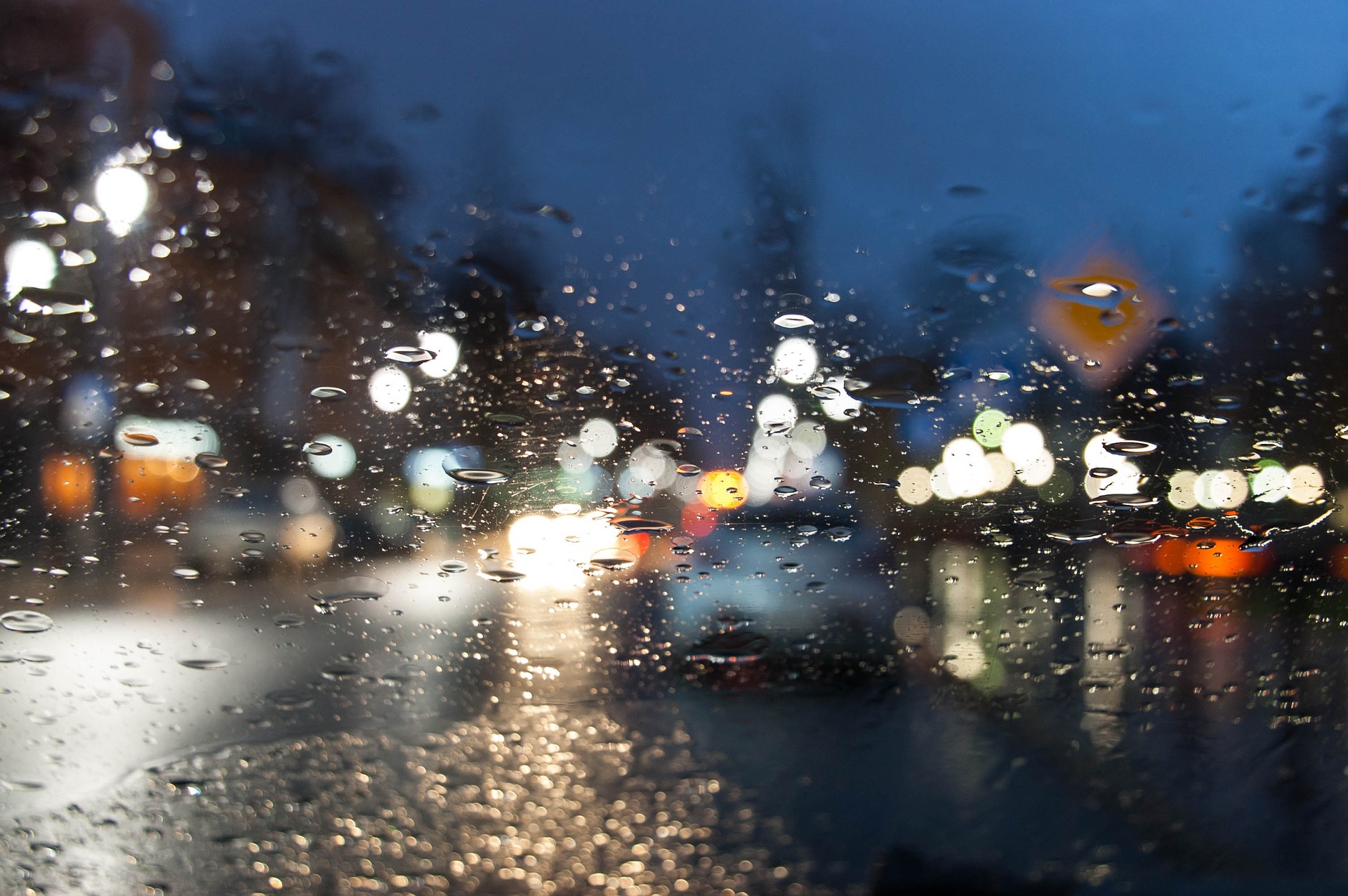
Sudden braking on a wet roadway can cause your car to skid completely out of control. Never use your brakes to respond to hydroplaning. Immediately take your foot off of the accelerator and avoid heavy pressure on the brake pedal. However, if hydroplaning does happen to you, it is important to remain calm, focused and try not to panic. The signs of hydroplaning are faster turning of the drive wheels, louder engine, rapid increase in speed, “easy” and inefficient steering wheel and drift of the rear of the vehicle. Increase your following distance (give others and yourself plenty of room to drive safely in difficult conditions)Īside from this, Goodyear experts say that in order to prevent the car from sliding, it is paramount to recognize slipping on time and responding properly.Drive in the tracks of the vehicle in front of you (it’s the driest part of the road).
WHEN DRIVING AFTER A HEAVY RAIN DRIVERS
Avoid standing water on the road (you can hydroplane and lose control over the vehicle or distract other drivers by splashing them).Don’t use cruise control (be alert and attentive).Don’t brake or turn abruptly (to avoid skidding or spinning).Grip the steering wheel with both hands (to ensure maximum vehicle control).Slow down (no need to speed in the rain).Check your car (tire tread depth, headlights, taillights and windshield wipers to make sure that they will work efficiently when they are needed).

WHEN DRIVING AFTER A HEAVY RAIN DRIVER
There are a few simple pieces of advice any driver can follow: What should you do to prevent hydroplaning? Whether you are driving in torrential rain or on roads that are still just a little damp from a shower that passed through hours ago, hydroplaning is a very real possibility and something that drivers should try to avoid at all costs. Contrary to most drivers’ beliefs, hydroplaning can occur even when the roads are only slightly damp. Hydroplaning (also known as “aquaplaning”) happens when the tires of your vehicle begin to ride on top of standing water instead of the surface of the road resulting in loss of contact with the ground, slippage or even complete loss of control of the vehicle. Stick with us to see if you have what it takes to drive in the rain and what is the proper way to do it.

This can lead to the inexperienced driver panicking and making a serious mistake which can lead them into an accident.

The main problem is not the ponds that are created in the streets whenever it rains, whether it’s a downpour or a sprinkle, but the fact that any kind of damp film between the tires and the road surface can cause the vehicle to “float” or hydroplane. Nearly half of all traffic accidents – 46% – happen because of wet driving conditions.

Rainy (fall) weather can be a particularly difficult time for drivers, especially if they are less experienced in driving in this kind of conditions (or in general).


 0 kommentar(er)
0 kommentar(er)
